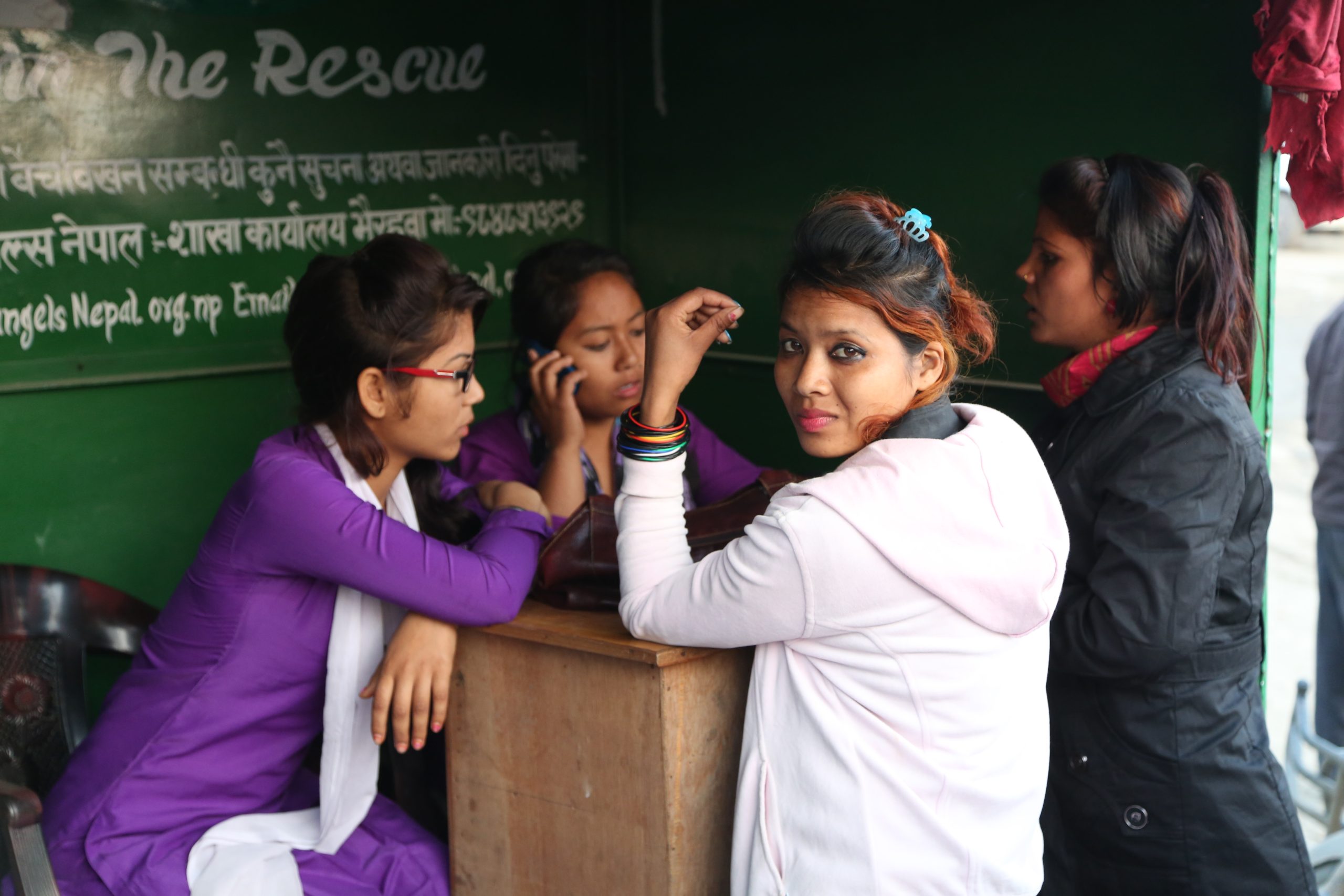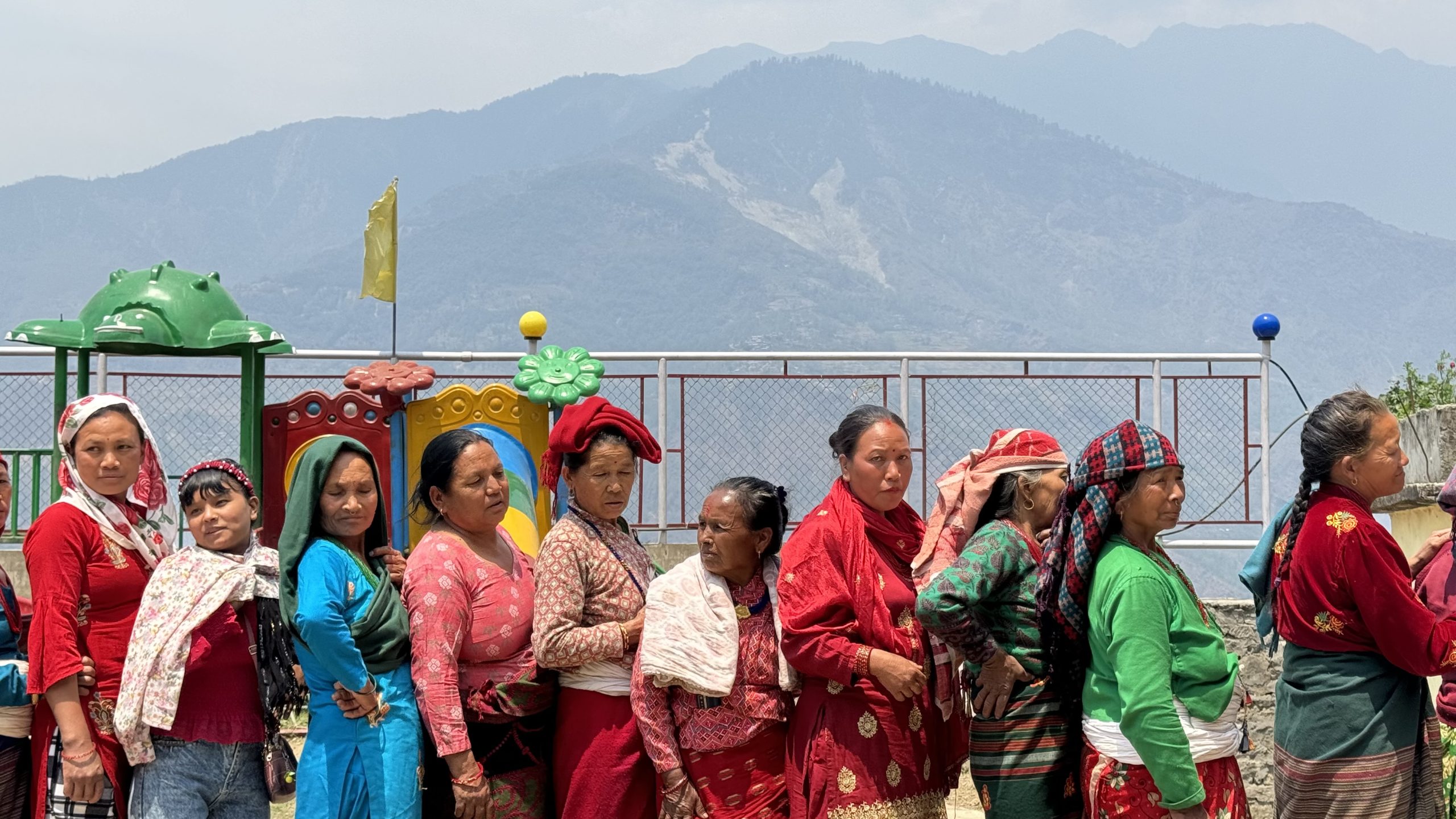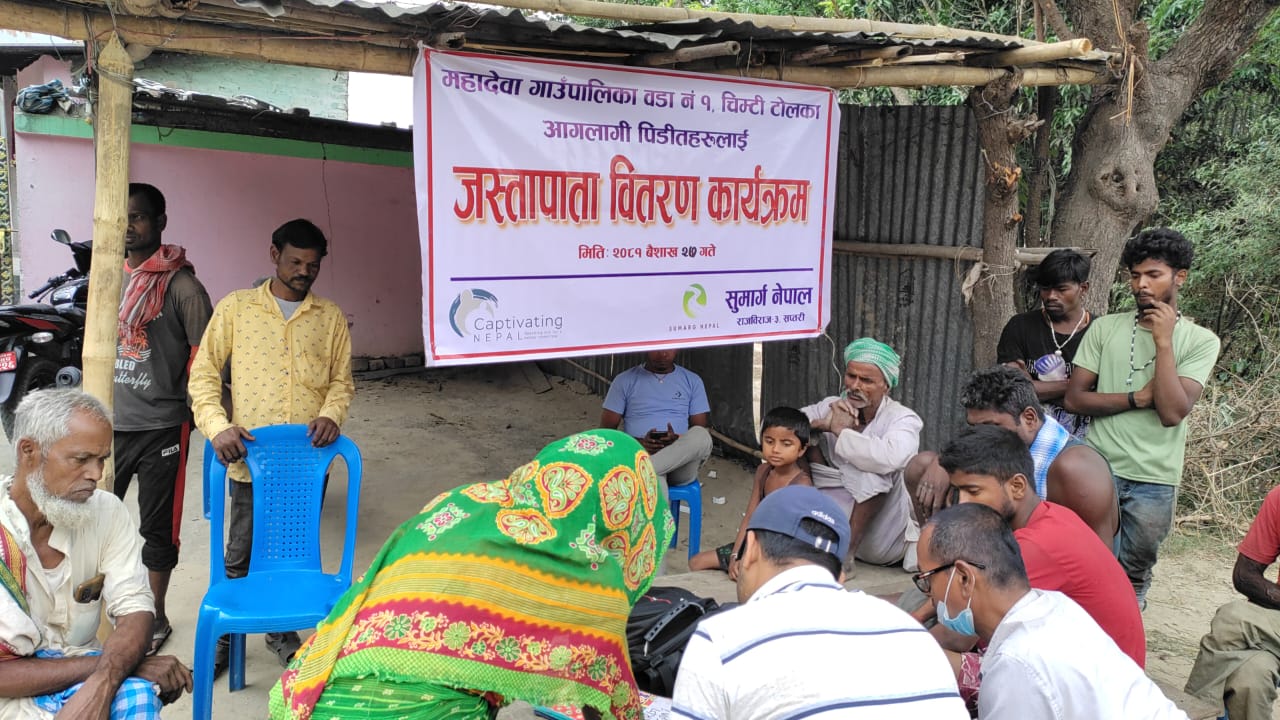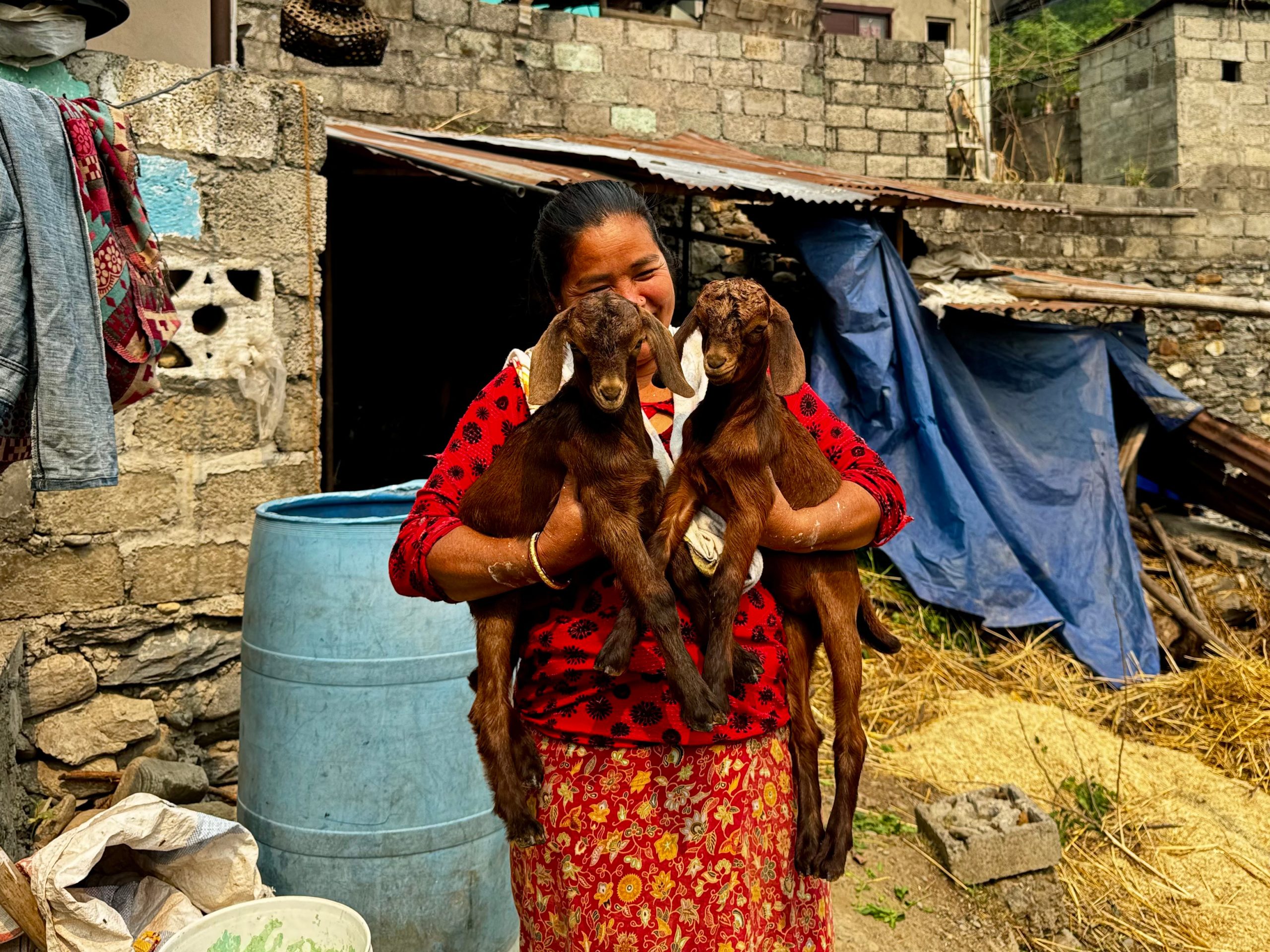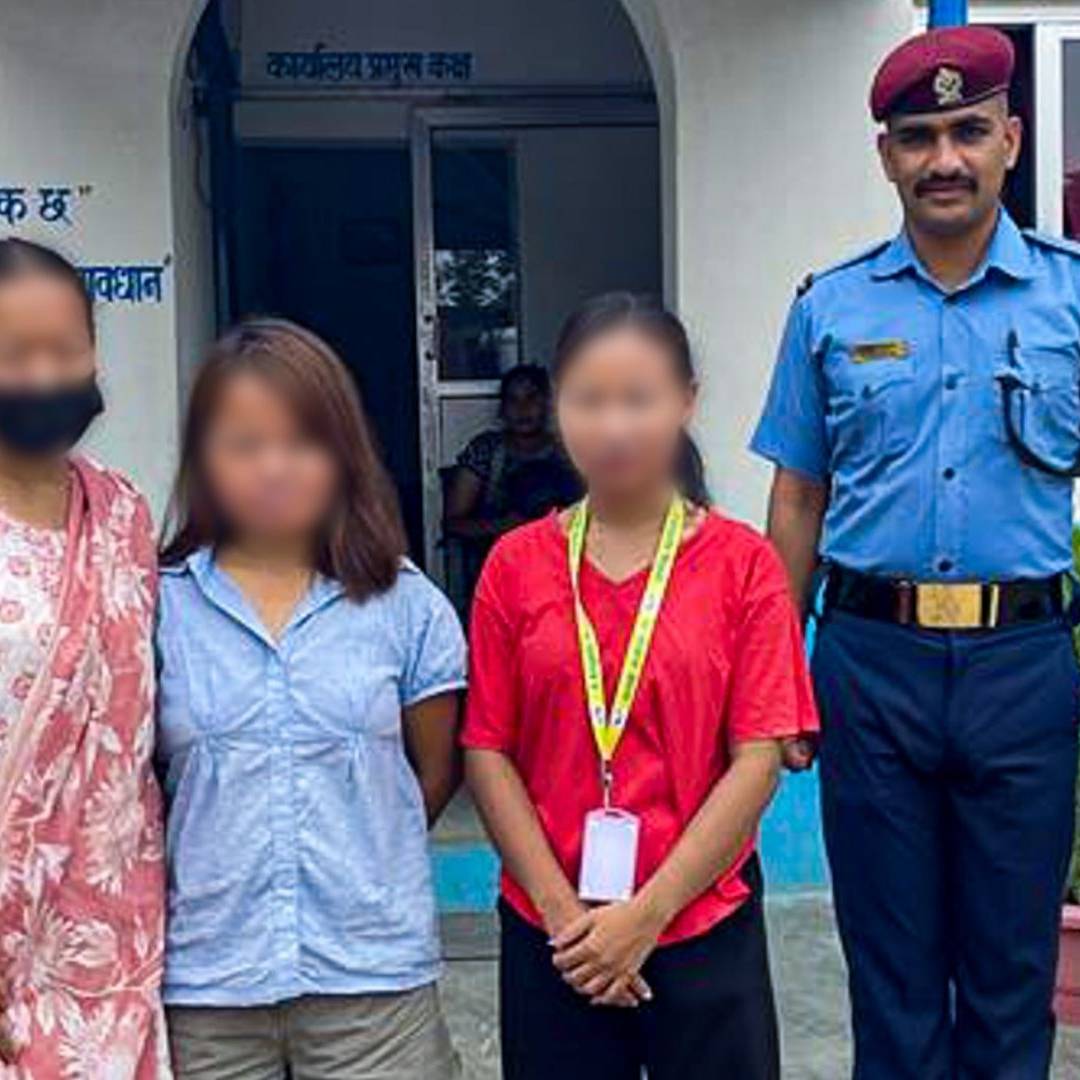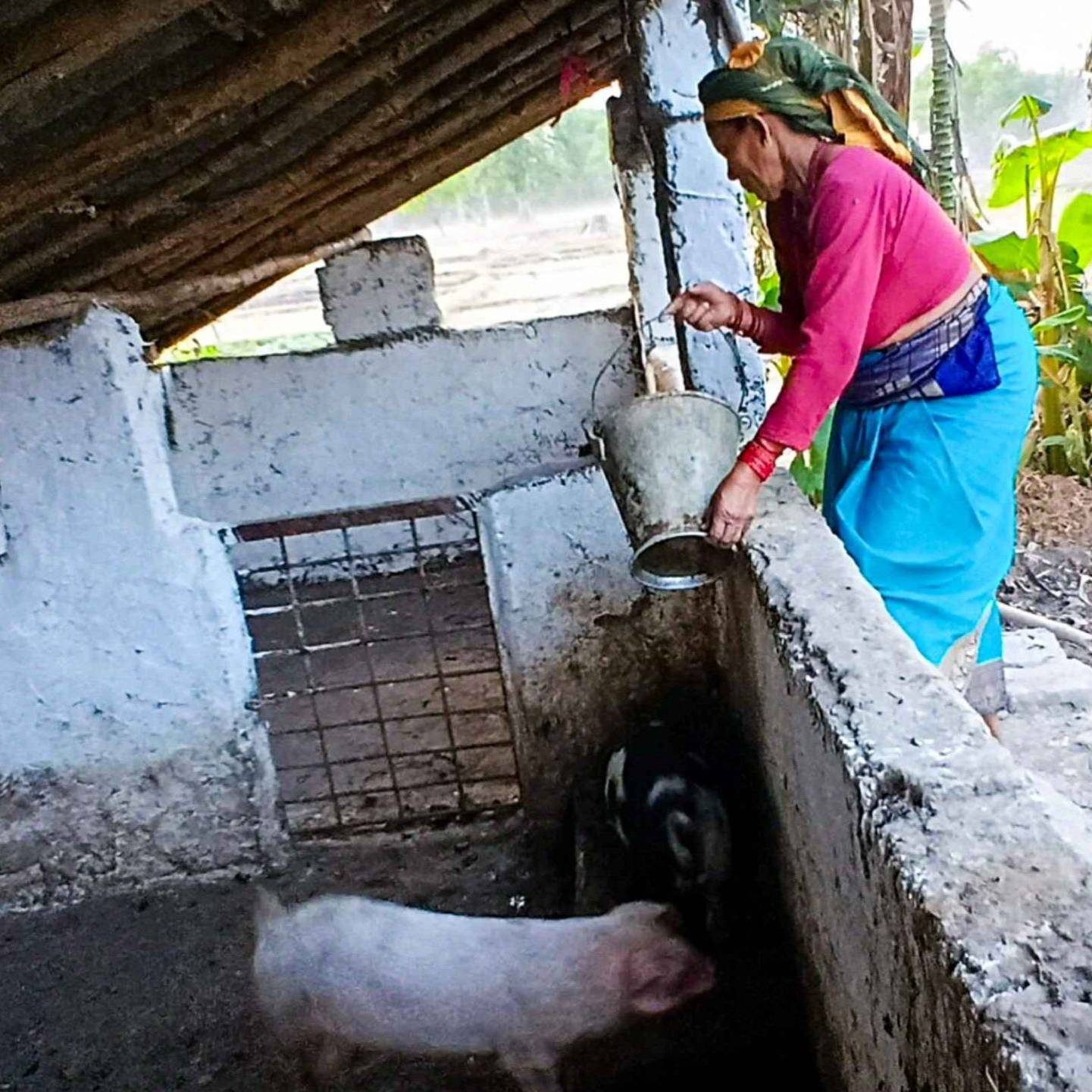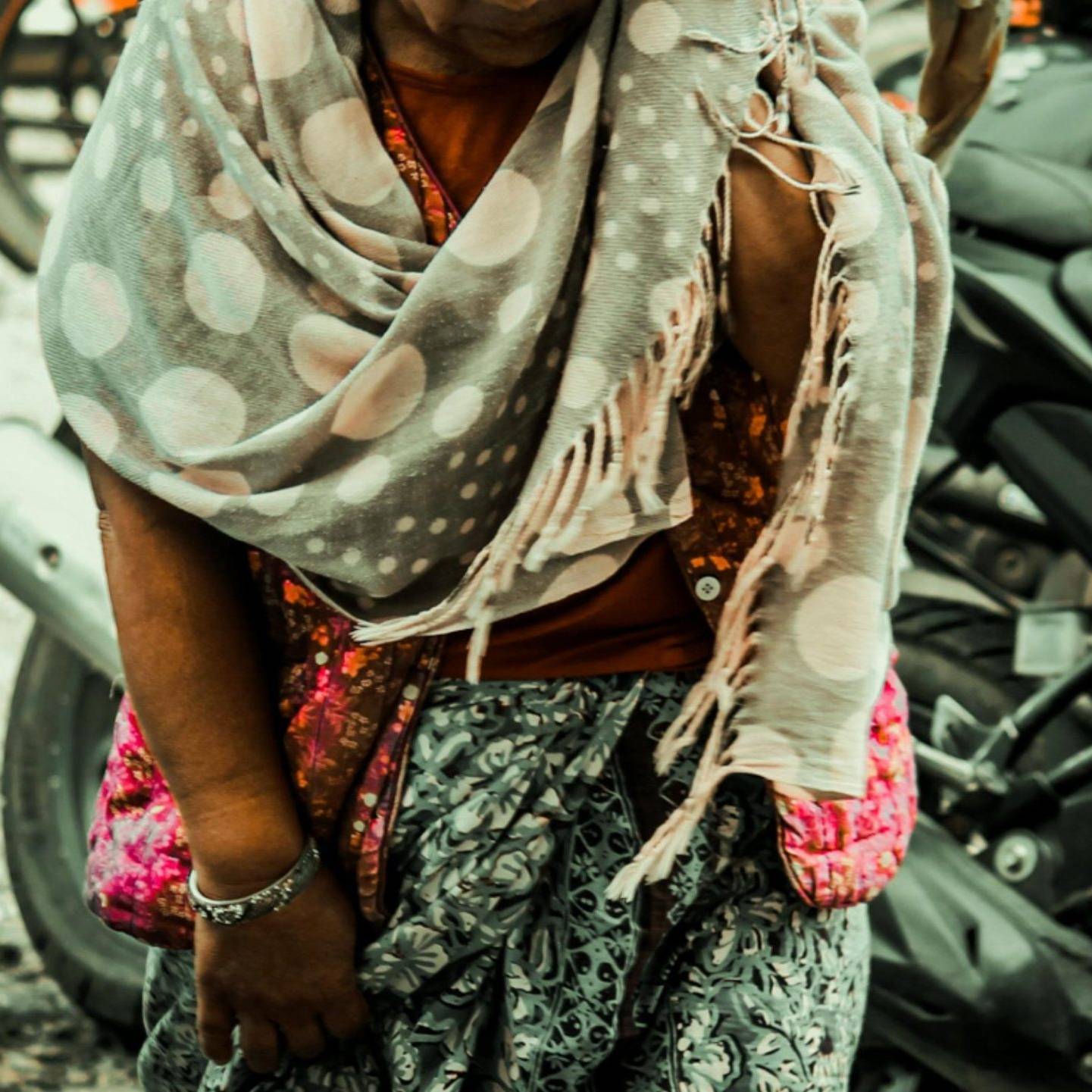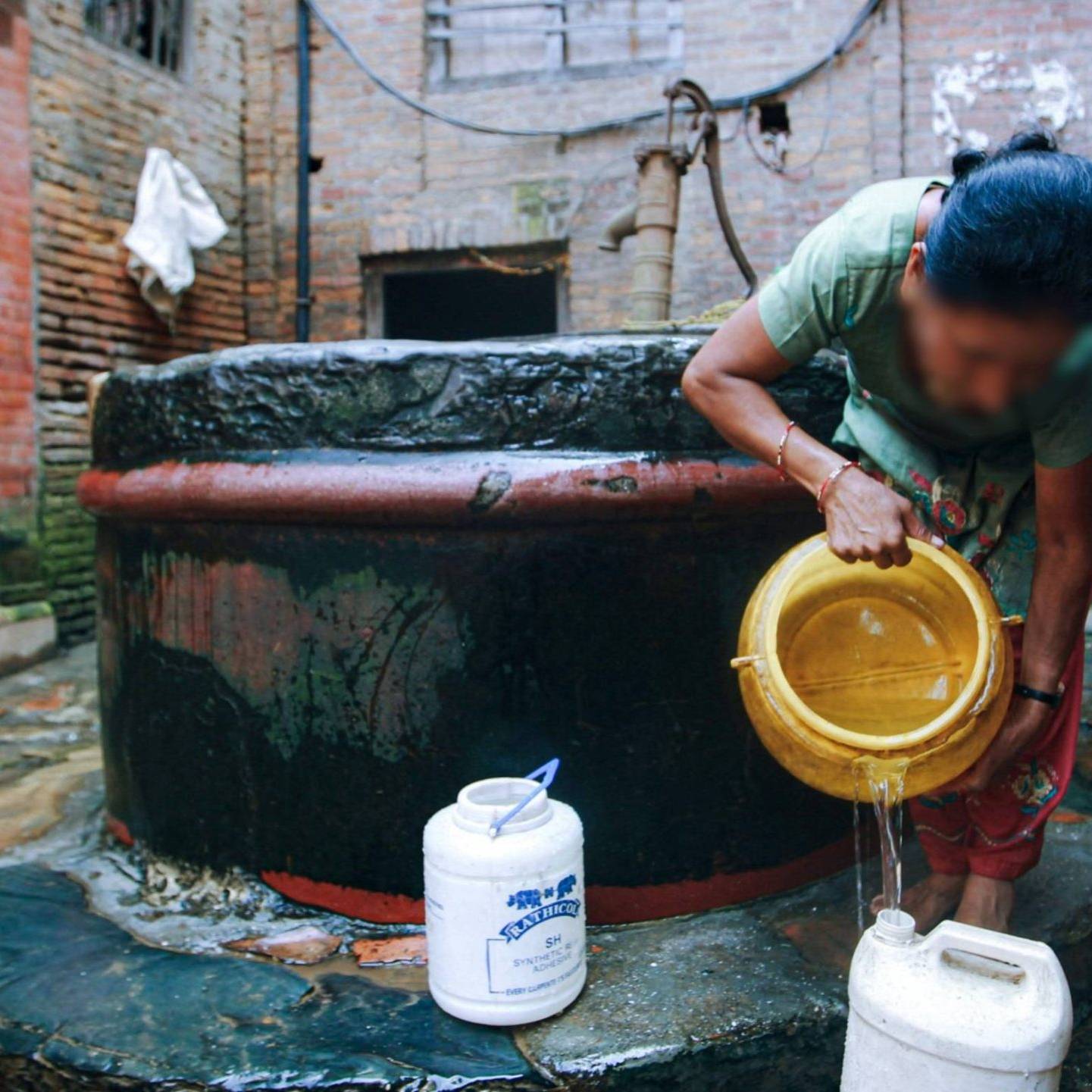Captivating Nepal
Nepal faces significant challenges that contribute to the prevalence of human trafficking and the need for extensive support to improve the lives of its people.
Here are some key reasons why Nepal needs our help:
High Rates of Human Trafficking
According to the Trafficking in Persons Report (2018) from Nepal’s Human Rights Commission, around 35,000 people are trafficked from Nepal annually, including approximately 15,000 women and 5,000 girls.
Human trafficking remains a severe issue due to the country's poverty, weak law enforcement, and porous borders.
Poverty
An Asian Development Bank study (2024) found that 20.3% of Nepal's population lived below the poverty line in 2022, making them vulnerable to traffickers exploiting their financial desperation. The National Statistics Office's 2022-23 survey highlighted the contrast in urban and rural development: urban poverty rose to 18.34% from 15.46% in 2010-11, while rural poverty decreased from 27.43% to 24.66%.
Education Barriers
UNICEF (2023) revealed steep declines in education completion rates: 73% finish lower secondary, but only 27% complete upper secondary. In rural areas, just 14% complete upper secondary, compared to 33% in urban areas. Financial constraints, the need to work, and societal norms prioritizing boys' education prevent many, especially girls, from finishing school.
Geographical Challenges
The remoteness and isolation of many communities, particularly in the mountainous regions, make it challenging to provide consistent education, healthcare, and economic support. This isolation also complicates efforts to monitor and prevent trafficking activities .
Our solution:
Be a part of the solution, protect lives, and transform futures!
Together, we can create a world where every person is valued, protected, and free from the threat of exploitation.
LATEST STORIES FROM NEPAL
9 January 2026
Lalita’s Bad Gut Feeling Confirmed
In Nepal, a 26-year-old mother escaped human trafficking when our border intervention…
0 Comments5 Minutes
18 December 2025
Krishna Devi Expands Her Pigsty!
Krishna Devi, a mother of six in Nepal, used her microloan to expand her pig farm and…
0 Comments2 Minutes
10 December 2025
Kavita Gets Her Dignity Back
Nepalese mother Kavita broke the silence on abuse, sought help through our help desk, and…
0 Comments3 Minutes
4 December 2025
The End of Komala’s String Of Unfortunate Events
After betrayal and abuse, Komala left home to find peace, rescued at the border; she's…
0 Comments5 Minutes
28 November 2025
Dilmaya Embraces Abundance In Her Farm!
Dilmaya used our My Business, My Freedom microloans to grow her farm, gain financial…
0 Comments3 Minutes
26 November 2025
The Cost of A Nepali Girl’s Love For Family
Trafficked after leaving school to save her family, Shanti escaped India and now rebuilds…
0 Comments4 Minutes

